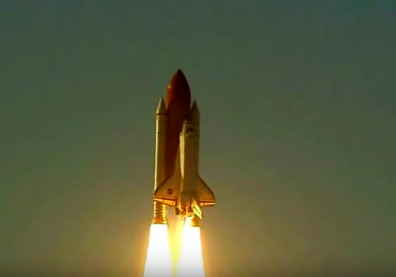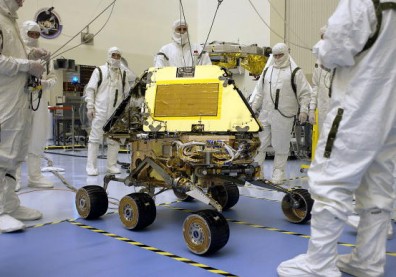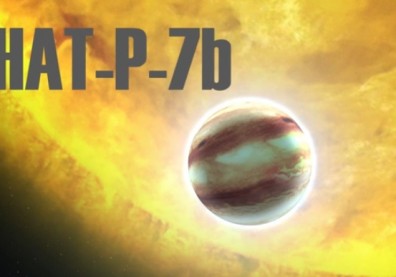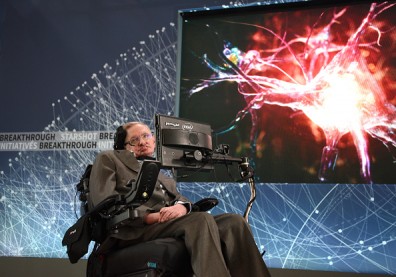Just in time for Halloween, Nasa astronomers have spotted what they dub, Halloween Pumpkin Stars. Using data from the Swift and Kepler missions, these "Pumpkin Stars" were discovered to be faster and emits x-rays that are 4,000 times more than what our Sun emits.
These Halloween Pumpkin Stars received their name since they appear to have pumpkin-like shapes due to the extreme pressures that they are exposed to. According to sources, this comes about after the merging of the two sun-like stars that have close binary systems.
Our Sun's rotation is only completed in almost a month. While the Halloween Pumpkin Stars only need days to complete theirs. Some of these stars are so fast that their rotation only takes about 8-10 days. It is reported that the K-type orange giant called Ksq 71 finishes its rotation in only about 5.5 days and is 10 times more big than our son.
According to NASA's senior research scientist at Ames Research Center located at Moffet Field, California, Our Sun takes almost a month to rotate but these 18 Halloween Pumpkin stars averages only a few days. This rapid kind of rotation then amplifies some of the activities of our Sun like solar flares and sunspots and this sends the stars on overdrive.
After a patch of sky that comprises the constellations of Lyra and Cygnus,was X-ray surveyed by the Kepler View, the intriguing Halloween Pumpkin Stars were found.
Kepler was used to measure about 150,000 stars in this area from May 2009 to 2013. It checked on their brightness and detected the regular dimming of some planets that passed by their own host stars. After finding about 2300 exoplanets and almost 5,000 new candidates, the mission was declared a success.
The mission was extended and is currently called the K2. Its scope of work is around the sky that is found along the Ecliptic or the area that the Earth orbits around the area of the Sun.
Aside from the discovery of these new Halloween Pumpkin stars, another benefit of the Kepler Mission is that its current field of view is considered as one of the best studied and observed parts of our sky. This is according to another researcher from NASA. Team member Padi Boyd designed the Swift Survey at Goddard Space Flight Center located at Greenbelt, Maryland.
On November 1, the discovery of the Halloween Pumpkin Stars will be published in a detailed paper for the Astrophysical Journal. You can check a copy of it online.









